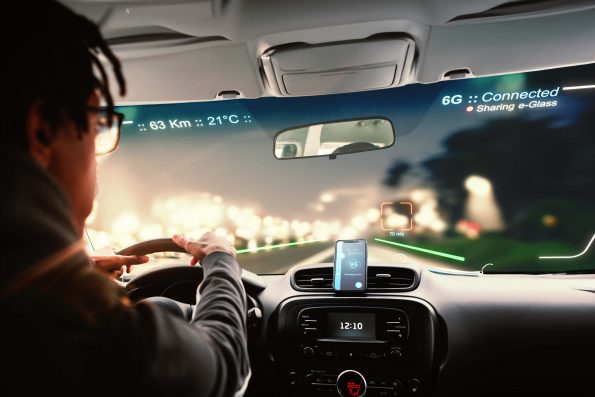Vehicle glass has come a long way from just being a piece of clear material letting you see out of your car without the wind smacking you in the face. It’s a journey that’s seen some radical changes, transformations fueled by the need for more safety, better visuals, and a slice of high-tech luxury. So, let’s take a road trip through the evolution of vehicle glass, and see just how far we’ve come, where we were just a decade ago, where we stand now, and what the futuristic horizon holds.
From simple beginnings to safety screens
Originally, car windows were crafted from the same glass you’d find in your home’s windows. Not exactly the pinnacle of safety. In a crash, it shattered into dangerous shards. Fast forward, and the introduction of laminated glass changed the game. This was glass that kept together even when cracked, thanks to a layer of plastic squished between two panes of glass. It was the dawn of vehicle glass not just being a see-through barrier but a vital safety feature.
A decade back: the tech takes off
Just 10 years ago, we were starting to see vehicle glass as more than just something to look through. Sure, safety features had evolved, but now tech was taking the front seat. Glass with UV protection, heated windshields for those frosty mornings, and even the first steps towards heads-up displays (HUD) that projected vital info directly onto the windshield so drivers didn’t have to take their eyes off the road. This period marked the shift from glass being passive to an active, integral part of the car’s tech ecosystem.
Here and now: a clear vision of innovation
Flash forward to today, and vehicle glass tech is nothing short of sci-fi. We’ve got panoramic sunroofs that stretch across almost the entire roof of the car, giving you a view that’s frankly spectacular. Then there’s electrochromic technology, allowing glass to tint automatically in sunlight, making squinty drives a thing of the past. Let’s not forget about smart windshields equipped with augmented reality, overlaying navigation, speed, and other misc. data over the real view of the road ahead. It’s glass, but not as we know it; it’s an interactive, protective, and enhancing element of modern cars.
The future’s looking bright (and clear)

Peeking into the future, the potential for vehicle glass technology is thrilling. Think about glass that repairs itself or adapts its tint based on the time of day, not just sunlight exposure. There’s chatter about glass that can harvest solar energy to power the car’s systems. And with the advent of autonomous vehicles, the design and functionality of car glass will undoubtedly leap even further, possibly transforming windows into display screens for entertainment or work on the go.
Leave it to the pros
With all these advancements, when your high-tech windshield gets a chip, fixing it isn’t like slapping a bit of duct tape on the problem. These aren’t just windows; they’re complex systems integrated into the vehicle’s safety and functionality. According to experts in the field Auto Glass Zone, DIY fixes can lead to compromised safety features or even damage to the sophisticated tech embedded within. So, when it comes to repairs, it’s crystal clear why it’s a task best left to the professionals.
As we cruise into the future, who knows what cutting-edge innovations we’ll see next? One thing’s for sure though: the view’s only going to get better from here.
